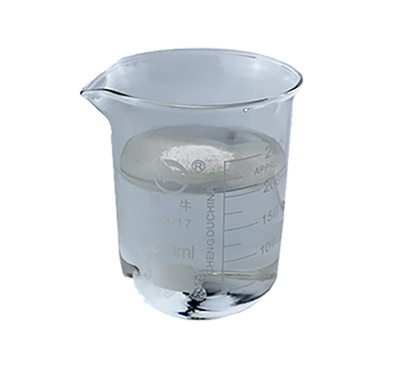
Dec . 12, 2024 10:03 Back to list
hpmc structure
Exploring HPMC Structure A Versatile Polymer for Modern Applications
Hydroxypropyl methylcellulose (HPMC) is a cellulosic derivative synthesized from natural cellulose. It has garnered considerable attention in various industries due to its unique properties and versatility. As a water-soluble polymer, HPMC is widely utilized in pharmaceuticals, food production, cosmetics, and construction, among other fields. This article delves into the intricate structure of HPMC, its properties, and its diverse applications.
Structure of HPMC
The chemical structure of HPMC can be understood through its composition and the modification process of cellulose. Cellulose is a linear polymer made up of repeating glucose units linked by β(1→4) glycosidic bonds. To create HPMC, cellulose undergoes etherification, a chemical reaction that introduces hydroxypropyl and methoxy groups into the cellulose backbone.
The placement and ratio of these substituent groups are crucial in defining the properties of HPMC. Typically, the degree of substitution (DS) and the average molecular weight of the polymer can vary significantly, which directly impacts its solubility, viscosity, and functional characteristics. The hydroxypropyl groups improve the polymer's solubility in cold water, whereas the methoxy groups contribute to its thickening and gel-forming capabilities. This tailored structural modification allows HPMC to meet the specific needs of respective applications.
Properties of HPMC
HPMC exhibits a range of properties that make it a desirable choice across various applications
1. Water Solubility HPMC is soluble in cold water, forming a clear and viscous solution. This property is particularly useful in industries where a clear gel or solution is needed.
2. Thickening Agent Due to its ability to increase the viscosity of aqueous solutions, HPMC is widely used as a thickener in food products, cosmetics, and pharmaceutical formulations.
3. Film-Forming Ability HPMC can form flexible films, making it suitable for use in coatings, controlled-release drug formulations, and cosmetic products.
hpmc structure

4. Stabilizing Properties In food applications, HPMC acts as a stabilizer, preventing the separation of ingredients and enhancing texture.
5. Biocompatibility Its non-toxic nature and resistance to biological degradation make HPMC an ideal candidate for pharmaceutical applications, particularly in drug delivery systems.
Applications in Various Industries
The multifunctional nature of HPMC facilitates its use in a variety of industries
- Pharmaceuticals HPMC is extensively used in drug formulations, including tablets and capsules. It serves as a binder, coating agent, and controlling agent for the release of active ingredients in sustained-release formulations.
- Food Industry As a food additive, HPMC acts as a thickener and emulsifier, providing improved texture and shelf stability to various food products, such as sauces, dairy, and bakery items.
- Cosmetics In cosmetic formulations, HPMC is used as a thickening agent and stabilizer in creams, lotions, and gels. Its film-forming properties enhance the texture and feel of the products on the skin.
- Construction HPMC is employed in construction materials, especially in tile adhesives and wall putties. It improves workability, water retention, and adhesion properties, contributing to the durability and performance of construction materials.
Conclusion
In conclusion, HPMC is a remarkable polymer with a complex structure that allows for a wide array of applications in different industries. Its unique properties, such as water solubility, thickening ability, and biocompatibility, make it a valuable ingredient in pharmaceuticals, food production, cosmetics, and construction. As research continues to uncover new methods of synthesizing and modifying HPMC, its potential applications are likely to expand, providing innovative solutions to meet the ever-evolving needs of modern society. Thus, understanding the structure and behavior of HPMC is essential not only for those in related industries but also for anyone interested in the intersection of chemistry and material science.
-
Versatile Hpmc Uses in Different Industries
NewsJun.19,2025
-
Redispersible Powder's Role in Enhancing Durability of Construction Products
NewsJun.19,2025
-
Hydroxyethyl Cellulose Applications Driving Green Industrial Processes
NewsJun.19,2025
-
Exploring Different Redispersible Polymer Powder
NewsJun.19,2025
-
Choosing the Right Mortar Bonding Agent
NewsJun.19,2025
-
Applications and Significance of China Hpmc in Modern Industries
NewsJun.19,2025







